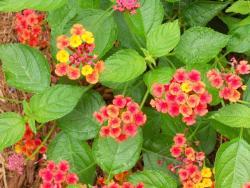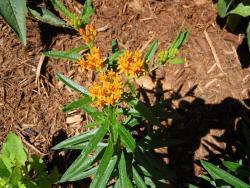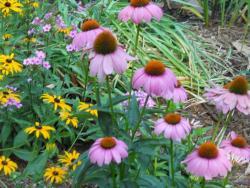It seems Deer are a problem for a number of people.
You can plant whatever you like, if you'll spray your plants with a Garlic, Pepper, and Sage tea.
To make the tea:
I use a 16 quart stock pot and a 24 quart enameled steel canner to make six gallons of concentrated tea at a time. This will make 12 gallons of spray. You can make less of course.
For 3 gallons of tea, place 3 gallons of hot tap water in your canner and add 1/2 cup each of Garlic powder, Red Pepper powder, and Ground Sage (not Rubbed Sage like you would use in stuffing.).
Bring to a boil and continue boiling for 15 minutes. Turn off the heat and allow to cool overnight (Don't work with hot liquids). When the tea has cooled, use doubled knee highs to strain into gallon jugs (pickle) and then pour strained tea into 2 liter soda bottles for storage. The tea will keep without refrigeration for 2 years. Label the bottles of tea appropriately. The used spices can be spread around your plants and worked into the soil.
To use the tea dilute with an equal amount of tap water. For a sticker (so the rain won't wash your tea off) add 1 tablespoon of table molasses per 2 liters of spray (shake well to disolve the molasses). If you want an insectide add 1 tablespoon Ajax Orange dishwashing liquid per 2 liters of spray. My experience has been the tea applied with the molasses sticker will repel deer for about 2 months. Spray top and bottom of leaves to the point of runoff.
This tea also works when planting seeds. After you plant, spray the ground with the tea and raccoons and birds won't dig up your seeds (it masks the smell of the seeds so they can't find them.).
Personally, I use and can recommend the Hudson Insta-Spray.
https://www.walmart.com/ip/Hud...
I use Ray-o-Vac "D" rechargable batteries with it. They cost a bit more, but last much longer. The sprayer takes 4 D cell.
https://www.walmart.com/ip/Ray...
And Energizer Charger.
https://www.walmart.com/ip/Ene...
Hope this helps. Claud



